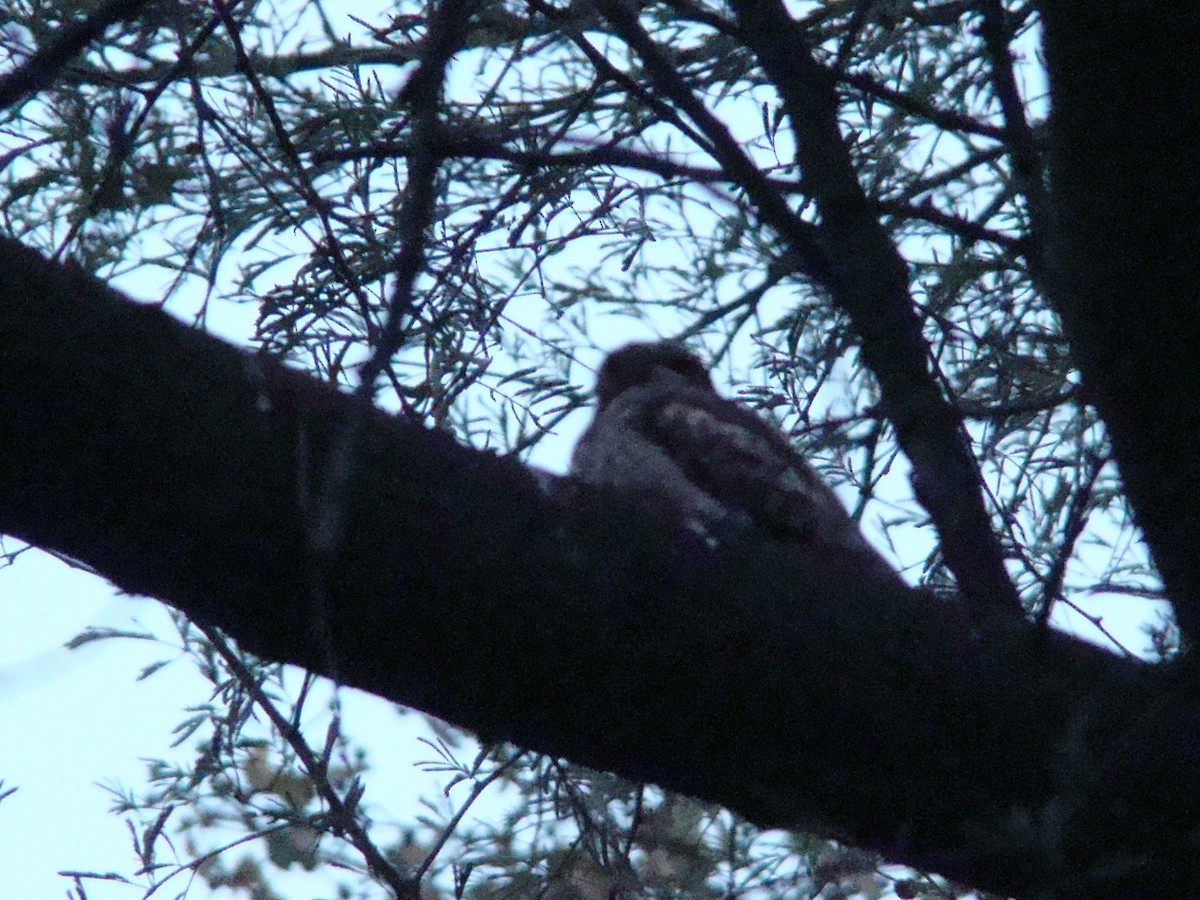Jungle Nightjar
A species of Old World Nightjars, Also known as Grey Nightjar Scientific name : Caprimulgus indicus Genus : Old World Nightjars
Jungle Nightjar, A species of Old World Nightjars
Also known as:
Grey Nightjar
Botanical name: Caprimulgus indicus
Genus: Old World Nightjars
Content
Description General Info
 Photo By Ashwin Viswanathan
Photo By Ashwin Viswanathan Description
The jungle nightjar is about 21–24 cm long with the Sri Lankan population (ssp. kelaarti) being smaller. Mostly grey with black streaks on the crown, it lacks a conspicuous wing patch which is rufous. The tail is greyish with well separated narrow black bars. The male has a white throat patch that is broken at the middle. The female has a rufous throat patch and submoustachial streaks. The usual call is a series of thacoo or chuck notes (at the rate of 5 every 2 seconds) like a distant engine. The song is a slow and regular, series of FWik-m notes, repeated for as long as 10 seconds. This sometimes ends in quick whistling foo-foo with the quality of sounds obtained when air is blown over an open bottle. A call described as uk-krukroo attributed to this species by Ali and Ripley in their Handbook is in error and is the call of the Oriental scops owl (Otus sunia). 
Size
32 cm
Nest Placement
Ground
Feeding Habits
Jungle Nightjar primarily consumes insects like moths, beetles, and flying ants. It exhibits agile flight while hunting near the ground or above trees, often from perches or in continuous flight. Jungle Nightjar also feeds on insects drawn to artificial lights.
Habitat
The jungle Nightjar typically resides in a variety of wooded environments. These include open woodlands with deciduous trees, mixed bamboo forests, pine regions, and areas with dense brush jungle. Additionally, jungle Nightjar can be found in open scrublands, agricultural landscapes, orchards, and regions with Eucalyptus and teak plantations. This species is adaptable and may occasionally be spotted in urban settings.
Dite type
Insectivorous
General Info
Feeding Habits
Bird food type
Behavior
The jungle nightjar becomes active at dusk, often over hilly grassland or scrub, perching regularly at favourite prominent bare posts or rocks. It roosts in trees, perching lengthwise along a branch. The breeding season in India is January to June and March to July in Sri Lanka. The nest is a bare patch on the ground in which two eggs are laid. Both parents incubate the eggs for about 16 to 17 days. 

 Photo By Ashwin Viswanathan
Photo By Ashwin Viswanathan Scientific Classification
Phylum
Chordates Class
Birds Order
Nightjars and Relatives Family
Nightjars and nighthawks Genus
Old World Nightjars Species
Jungle Nightjar